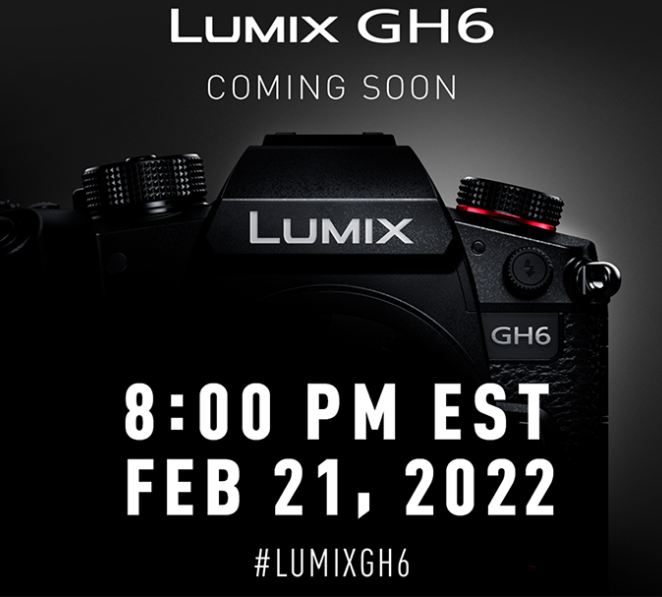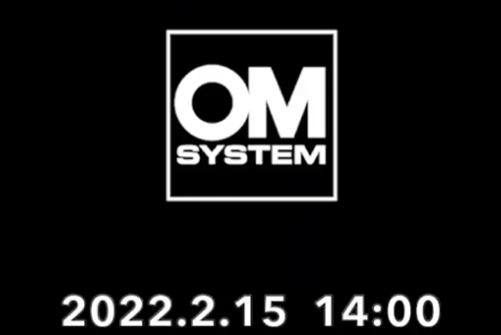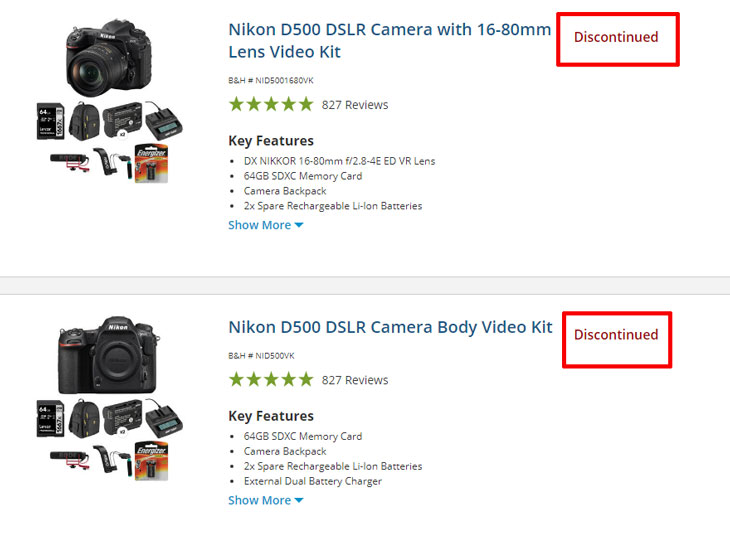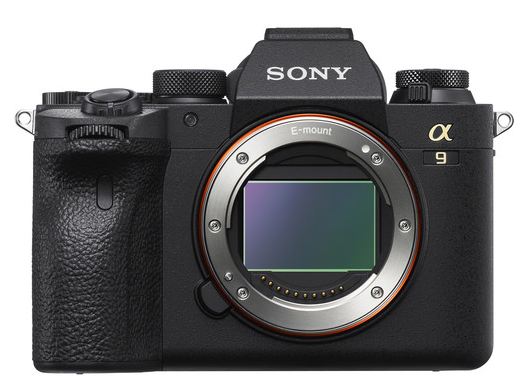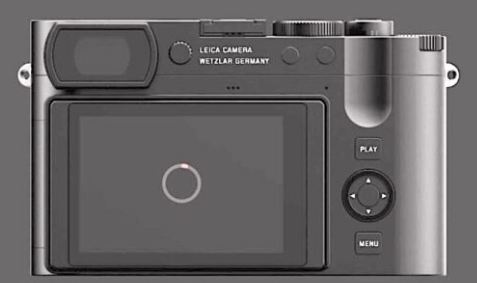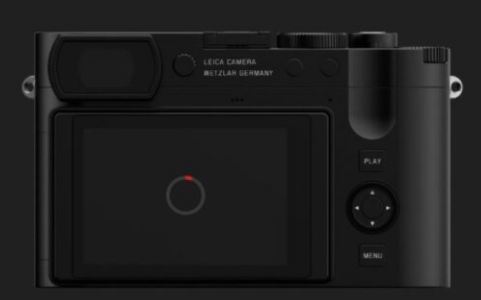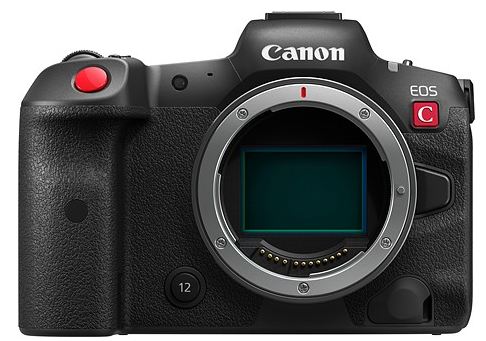
Canon has finally announced the EOS R5C, it’s not only Canon R5 camera with an inbuilt fan, Canon has done a lot of homework to upgrade the core specifications of the camera.
Buy Canon R5C from B&H Store
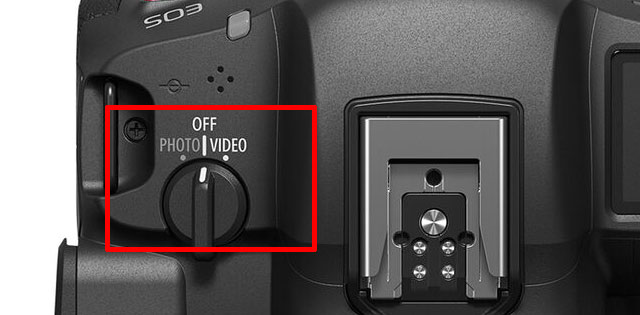
The power switch on top of the EOS R5C provides the option to start the camera in either photo or video mode. When powered on in photo mode, the camera operates the same as the standard EOS R5 and provides all the capabilities of that camera. When switched in the other direction, it becomes a full-frame 8K60 Cinema EOS camera that internally records 12-bit Cinema RAW Light footage. There’s no more need to carry a second camera with you to your production when stills and video are available within a single compact design.

The R5 C enhances a number of features in comparison to its siblings the R5 and C70, including 4K120 recording, HDMI RAW output, Canon Log 3 HLG/PQ support, unlimited recording time, a timecode port, Dual Pixel CMOS AF with eye detection, an active cooling system, a high-power LP-E6NH battery, 13 reassignable buttons, and a multi-function shoe for XLR adapters.
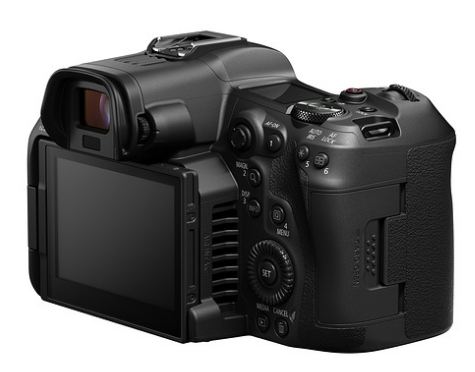
Without Crop
The EOS R5C can deliver unlimited recording time in any mode up to 8K/60p, thanks to its internal active cooling system. It can also capture high frame rates up to 4K/120p in 4:2:2 10-bit color, without a sensor crop, while maintaining full autofocus operation.
The EOS R5C is expected to be available in March 2022, at a retail price of $4499.
Canon R5C Press Release
Ideal for a Wide Variety of Content Producers, Including YouTubers, Wedding, Indie and Documentary Filmmakers, Drone Operators and Multimedia Journalists
MELVILLE, NY, January 19, 2022 – Imagine having the best of both worlds at your fingertips. A Canon camera with equal parts video and still digital imaging power, all in one compact-and-lightweight package. Canon U.S.A., Inc., a leader in digital imaging solutions, is excited to announce the EOS R5 C Full-Frame Mirrorless Camera, a hybrid, RF-mount 8K camera that has something for everyone. The new camera showcases video formats and features from the company’s award-winning Cinema EOS line, alongside select still capabilities that have made the EOS R5 camera a popular and trusted choice among imaging professionals and enthusiasts alike .
“Imaging professionals are living in a multimedia world. Gone are the days of only needing to be sufficiently equipped and skilled at video or stills,” said Tatsuro “Tony” Kano, Executive Vice President and General Manager of Canon U.S.A.’s Imaging Technologies & Communications Group. “The EOS R5 C squarely takes aim at providing end-users with a solution that can tackle all facets of the ever-demanding multimedia and content production landscape. Canon is confident this all-in-one solution can help improve the workflow for a variety of content creators.”
Small, but Mighty
The EOS R5 C camera can record non-stop, uninterrupted 8K/60P thanks to an active cooling system. 8K video delivers outstanding definition and realism with four times the resolution of 4K video, enabling unprecedented capabilities in video expression and highly flexible workflows, such as 4K cropping from 8K footage.
The EOS R5 C camera can record High Frame Rate (HFR) video up to 120P at 4K resolution in 4:2:2 10-bit without cropping the sensor, an ideal option when shooting scenes full of fast-paced action or when the camera is paired with a gimbal or drone. Canon’s renowned Dual Pixel CMOS AF is functional even in HFR shooting. Unlike some cameras where audio is not recorded during HFR shooting, the EOS R5 C camera can record .WAV audio as a separate file from video, virtually eliminating the need for separate audio recording.
The EOS R5 C is the first Canon camera to provide internal 8K (8192×4320) 60P Cinema RAW Light recording. Cinema RAW Light is a popular and valuable format found in other Canon Cinema EOS cameras such as the EOS C300 Mark III and EOS C500 Mark II. This feature captures the full dynamic range of the sensor and provides video data with a cinematic look, optimized for advanced grading and HDR, in a more manageable file size than Cinema RAW. Cinema RAW Light now has three newly-developed modes, RAW HQ (high quality), RAW ST (standard quality), and RAW LT (light recording). All three modes are 12-bit regardless of frame rate. The EOS R5 C can also record 8K video in MP4 format, ideal for quicker delivery.
The EOS R5 C supports RAW output via HDMI for ProRes RAW recording with compatible a external recorder . When connecting the EOS R5 C with a supported external recorder, users can shoot in Apple ProRes RAW at up to 8K/30P. Proxy data can also be simultaneously recorded to an SD card in-camera, helping to provide efficient post-production operations.
Powerful Still Imaging Performance
With the flip of a switch, the EOS R5 C becomes a familiar force to be reckoned with as a still photography camera. At its core is Canon’s 45-megapixel high resolution, high-speed full-frame CMOS sensor, paired with the equally impressive DIGIC X image processor that provides users an ISO range of 100-51200; expandable to 102400 . Precise focus and lightning-fast speed are cornerstones of the EOS R5 C, featuring Dual Pixel CMOS AF II and high-speed continuous shooting of up to 12 frames-per-second (fps) in mechanical shutter mode and up to 20 fps in silent electronic shutter mode. This allows users to track and photograph split-second movements of even the most elusive subjects. With EOS iTR AF X and 1,053 Automatic AF zones, it is easier than ever to photograph people using Eye, Face and Head Detection AF, or intuitively track the whole body, face, or eye of cats, dogs, or birds with Animal Detection AF . For those with the need for speed, the camera also offers vehicle subject detection to track cars and motorcycles accurately, especially in race-type environments. Connectivity like 5GHz and 2.4GHz Wi-Fi® and Bluetooth® connectivity is also included for the transfer of still images.
Additional Features of the Canon EOS R5 C Camera Include:
- Supports 8K HDR recording in Hybrid Log Gamma (HLG) and Perceptual Quantization (PQ) formats
- 4K and 2K oversampling with high-definition debayer algorithm that processes RGB data of the 8K sensor with less incidence of moiré, false colors, and noise
- XF-AVC codecs offer robust 10-bit 4:2:2 files in a .MXF wrapper for simple compatibility with non-linear editing systems (NLEs) and existing workflows
- Canon Log 3, which is found in many Canon cinema products, is available for a wider range of grading after shooting
- Coordinated image stabilization (with Canon lenses equipped with optical IS) helps to correct hand-shake and better anti-vibration performance than electronic IS alone
- Timecode terminal allowing for multi-camera shooting
- Canon’s next-generation Multi-Function Shoe is compatible with a variety of accessories, such as an optional TASCAM CA-XLR2d-C XLR microphone adapter (sold separately) for up to 4-channel digital audio
- RF mount provides access to the expanding lineup of Canon RF lenses, as well as the full lineup of EF lenses (adapter required)
- Compatible with Canon’s new RF 5.2mm 2.8 L Dual Fisheye lens allowing for stereoscopic 180° VR video capture
- 13 marked, assignable buttons allow for user-friendly customized operation
- Compact-and-lightweight at 1.7 lbs. (body only)
- 3.2-inch variable-angle LCD monitor and high-definition 5.76 million-dot viewfinder
- Dual card slots: one CFexpress and one SD UHS-II
- USB Video Class (UVC) connectivity, enabling out of the box use as a streaming video camera
- A new DC Coupler DR-E6C helps to provide the continuous power needed for the demands of shooting in Cinema RAW Light at high framerates
Pricing and Availability
The Canon EOS R5 C Full-Frame Mirrorless Camera is scheduled to be available March 2022 for an estimated retail price of $4499.00. For more information please visit, usa.canon.com
